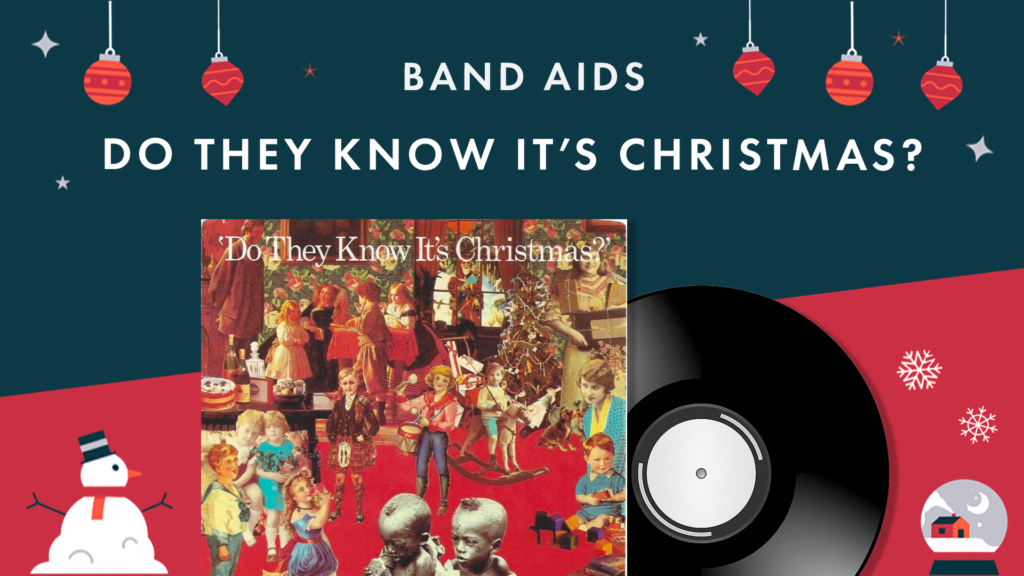Written by: Jillian Lau
Christmas is widely known as the most commercialised holiday in the world. What was once a solely religious holiday has been turned into a secular celebration. So, how did we get here? How have we managed to take a date so important to a religion and turn it into the biggest marketing success?
To understand the commercialisation of Christmas, we must first understand what Christmas really is. Christmas is widely referred to as the day Jesus Christ was born. It was mostly celebrated by Christians who would attend mass on the 25th of December. It was a holiday purely centred around worshipping a benevolent religious figure and giving thanks for His sacrifice and love.
Enter: Santa Claus onto the stage.
Santa Claus is believed to be modelled after St. Nicholas, a monk who was born in 280AD in modern day Turkey. He was known for his acts of altruism which led him to become the legend behind many myths, the most popular being Santa Claus. The pot-bellied caricature of Santa Claus is credited to have been published by cartoonist Thomas Nast in 1863.
The character gained further popularity after being used in Coca-Cola ads in 1931, where illustrator Haddon Sundblum refined the image further. This version of Santa Claus is said to live in the north pole and slides down chimneys to deliver presents to good children.

The practice of gift-giving boomed during the 1800s following the rise in capitalism and rapid population growth in Europe during the early 19th century. The upper and middle classes in Europe saw the opportunity to use Thomas Nast’s interpretation of Santa Claus and Clement Moore’s “A Visit from St Nicholas” to popularize the idea of buying gifts for children. They cleverly targeted the excitement of young children to push the idea of buying gifts during the Christmas season.
Soon after that, big brands like Coca-Cola and Kodak often used iconic features of Santa Claus, like his red suit or his black boots, in their advertisements to link the holidays to their brands. And it worked! In 2021, Coca-Cola sales during Christmas increased by over 36%. Even years after, this marketing plan has served successful for brands.
Since then, the primary focus of the holiday has shifted from a religious viewpoint to an overly commercialised one surrounding the idea of gift-giving and shopping. Of course, the celebration still has hints of its religious roots, but it is being overtaken by this modern way of celebrating where gifts are the top priority and religion takes the back seat.
However, with all that being said, one thing that has remained the same is thinking of one another during Christmas. Inspired by the kindness of St Nicholas, the holiday has always revolved around giving back. A famous example of this is the 1984 release of “Do They Know It’s Christmas?” by Band Aid.

Band Aid was an initiative created to raise awareness on famine in Ethiopia, in which iconic singers of the 80s gathered to sing a benefit song. Other examples include: “Happy Xmas (War is Over)” by John Lennon and Yoko Ono, to highlight the end of the Vietnam War and prompted its listeners to reflect on their year.
As the years’ pass and Christmas becomes more secular, it has allowed for more people to celebrate the festival. No longer confined by religion, people of different races and beliefs come together to participate in their own versions of Christmas, which has made the holiday more inclusive.
At the end of the day, even though Christmas has moved away from religion, the beliefs that this holiday is built on, have not changed. Thinking about your fellow man and giving back to the less fortunate are still themes that are associated with Christmas. Like a Christmas present, it matters not how the gift is wrapped but what’s inside the box that counts. No matter how Christmas is packaged, so long as we take the time to love and help one another, Christmas will always be Christmas.




